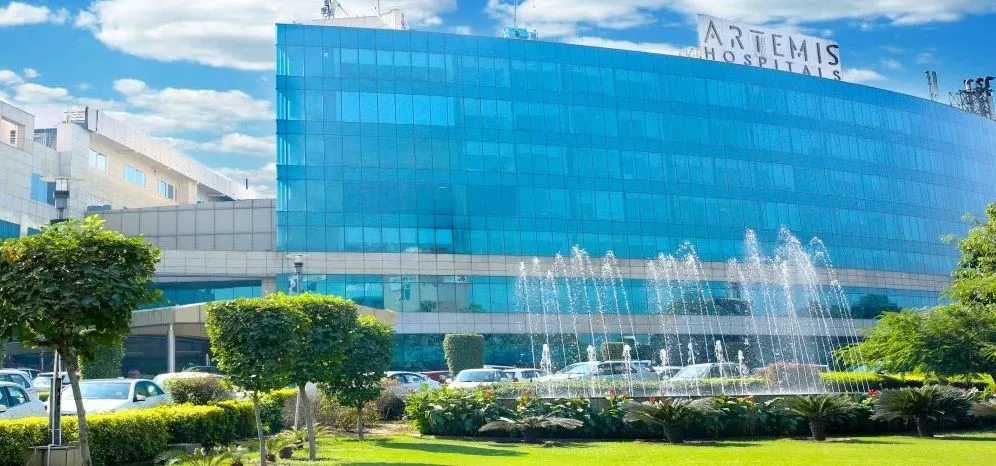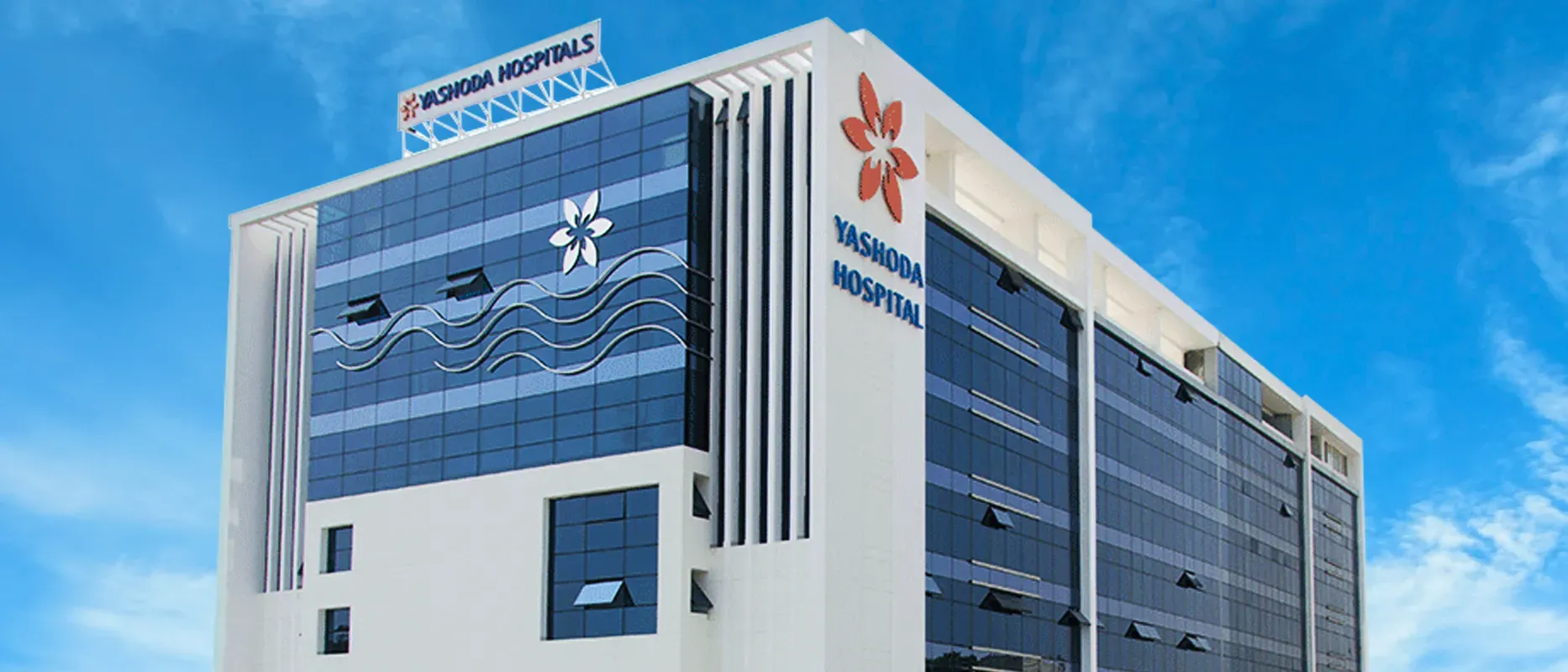Overview of Coronary Angioplasty Treatment India
Coronary Angioplasty Treatment is a type of procedure to open the blocked blood vessels of the heart. The coronary artery is a blood vessel that supplies blood to the muscles of the heart and helps in the pumping action. When this artery becomes blocked for any reason, the blood supply to the heart becomes compromised which can lead to many complications. To treat this condition, a procedure of coronary angioplasty is performed to restore the blood supply to the heart. Coronary Angioplasty procedure helps to reduce symptoms of chest pain and difficulty in breathing. In severe cases, a compromised blood supply can lead to a heart attack. To manage the amount of damage after a heart attack, coronary angioplasty is performed quickly to open the blocked arteries. There can be many reasons or causes of blocked arteries. It can occur due to the accumulation of fat inside the blood vessels of the heart. When this blockage cannot be treated with medications and an improved lifestyle, coronary angioplasty is performed to prevent major diseases of the heart and even life-threatening situations. There are also some of the risks that are associated with the procedure of coronary angioplasty. For this reason, most of the patients are not suitable to go under the procedure of coronary angioplasty and may require other surgical procedures like coronary artery bypass surgery.
Types of Coronary Angioplasty Treatment India
Coronary angioplasty has some types according to the different techniques that are used to perform the procedure. These may involve:
Balloon angioplasty
Coronary artery stent
Laser angioplasty
Balloon Angioplasty (Percutaneous Transluminal Coronary Angioplasty - PTCA)
Balloon angioplasty is a minimally invasive procedure that is used to treat blocked or narrowed coronary arteries of the heart. During this procedure, a catheter is guided to the blocked area of the blood vessel which has a deflated balloon at its tip. After reaching the blocked area, the balloon is inflated which helps to compress the fatty plaque against the walls of the coronary artery. This helps in expanding the pathway of blood flow and improves the circulation.
Coronary Artery Stent
Sometimes an additional procedure of stent placement is used after the balloon angioplasty to keep the artery open and to prevent the re-narrowing of arteries of the heart. A stent is a mesh-like tube that is made of metal or some other suitable materials. These stents are placed in the area of blockage which helps to keep it open. There are various types of stents such as bare-metal stents and drug-coated stents. Drug-coated stents also release medication to prevent re-narrowing of the artery.
Laser Angioplasty
Laser angioplasty is a type of coronary angioplasty that is used in some rare cases. In laser angioplasty, the beam of laser is used to break down the fatty plaque that is built into the artery of the heart. A specialized catheter with a laser at its tip is used to release laser energy which can be directed at the blockage. This method is used in some cases where the technique of balloon angioplasty may not be very effective.
Procedure of Coronary Angioplasty
The general overview of the procedure of angioplasty is mentioned below:
Anesthesia: Anesthesia is administered at the site of catheter insertion to numb the area so that the patient cannot feel any discomfort or pain.
Insertion of Catheter: A catheter is inserted through the artery from the wrist or an artery from the groin into the coronary arteries. This is done with the guidance of fluoroscopy, which is an imaging technique like X-ray but provides real-time information.
Contrast Dye Injection: A contrast dye is injected through the catheter into the coronary arteries. This helps in visualizing any blockages or narrowed areas on X-ray screens.
Balloon Angioplasty: After the identification of the blockage, a deflated balloon at the tip of the catheter is positioned at the blockage site. The balloon is then inflated which compresses the plaque against the wall of the artery and widens the narrowed passage helping to improve blood flow.
Stent Placement: After balloon angioplasty, a stent may be inserted. This is a mesh-like tube that is placed at the site of the blockage to keep the artery open and to prevent the re-narrowing of the coronary artery.
Closure of the Catheter Site: After the angioplasty procedure, the catheter is removed and the site is closed with the help of sutures. Some medications are applied to prevent the infection.
Recovery: In the recovery phase, some medications are used to prevent the complications and risks of angioplasty. For example, medications to prevent infection and the formation of blood clots can be used in the recovery period.
Diagnosis of Coronary Angioplasty Treatment India
Cost of Coronary Angioplasty Treatment in India
The cost of coronary angioplasty treatment in India ranges from 1200 USD to 3600 USD. The cost can vary according to the skills of the surgeon. The cost can also vary if the patient has other existing medical conditions like heart disease or kidney disease. Sometimes, after angioplasty, the coronary artery re-narrows and may require revision surgery or bypass surgery.
| Treatment Costs in India |
Min in USD |
Max in USD |
| Coronary Angioplasty Treatment |
1206 USD |
3607 USD |
| Angioplasty with one stent |
1438 USD |
1918 USD |
Symptoms and Risk factors
Some of the conditions in which coronary angioplasty procedure is performed are as follows:
- Unstable Angina
- Heart Attack
- Coronary Artery Disease
- Multivessel Coronary Artery Disease
- Single Vessel Coronary Artery Disease
- Left Main Coronary Artery Disease
- Coronary Artery Stenosis
- Recurrent Angina
- Coronary Artery Bypass Graft (CABG) Complications
- Acute Coronary Syndrome
- Cardiogenic Shock
- Failed Medical Therapy
- High-Risk Coronary Lesions
- Left Ventricular Dysfunction
Risk Factors of Coronary Angioplasty Treatment
There are some risk factors associated with coronary angioplasty treatment are described below:
Bleeding
There is a risk of bleeding during the procedure of coronary angioplasty treatment. Other medical interventions will be required if not managed in time.
Infection
Infections can occur at the site where the catheter is inserted. Sometimes infection occurs late after the procedure and may complicate the situation.
Blood Clots
The procedure of coronary angioplasty can dislodge blood clots from blood vessels that can travel through the circulation and cause blockages in other blood vessels.
Allergic Reactions
Many patients show allergy-type reactions to certain materials used in the procedure of coronary angioplasty.
Coronary Artery Dissection
During coronary angioplasty, there is a risk of damage to blood vessels or coronary arteries which may lead to bleeding.
Restenosis
In some cases, the re-narrowing of the artery occurs after some time which requires another angioplasty or bypass surgery.
Heart Attack
In rare cases, angioplasty can lead to a heart attack during or after the procedure. The risk is higher when the procedure handling techniques are poor.
Stroke
There is a risk of traveling the blood clot in the arteries of the brain after dislodging which can cause brain damage or stroke.
Kidney Problems
The contrast dye used in the angioplasty procedure can be harmful to the kidneys. The risk becomes higher in people with already existing kidney disease.
Arrhythmias
The rhythm of the heart can be affected during angioplasty which may lead to heart attack and life-threatening heart diseases.
Top Hospitals for Coronary Angioplasty in India
Shaping the future of the healthcare institution and establishing the path to accomplishment.
Kokilaben Dhirubhai Ambani Hospital and Medical Research Institute Mumbai,India
Book Appointment
Top Doctors for Coronary Angioplasty in India
Empower your Health with the Expertise of Leading Medical Professionals.
Dr. Ashok Seth
Department of Cardiology
Chairman at Fortis Escort Heart Institute
Book Appointment
Dr Sushant Srivastava Cardiovascular Surgeon
Department of Cardiology
Senior Director
Book Appointment
Dr Harish Mohanty Cardiologist
Department of Cardiology
Consultant
Book Appointment
Dr. Thangaraj Paul Ramesh
Department of Cardio Thoracic and Vascular Surgery & Cardio Thoracic Vascular Sciences
Consultant
Book Appointment
Treatment Costs for Coronary Angioplasty
Be the change and be an opportunist in transforming healthcare.
How it's Works
Guiding your Journey from Discovery to Treatment Planning and Beyond.
Discovery
Get a consultation to discover about your treatment
Pre-Treatment
Admission to the best hospital and all pre-treatment facilities
Post Treatment
Get post-treatment follow-up care with medicine fulfillment
Treatment Planning
Hassle-free treatment planning with package & cost estimations
in-treatment
world-class quality procedures and equipment for treatment


























